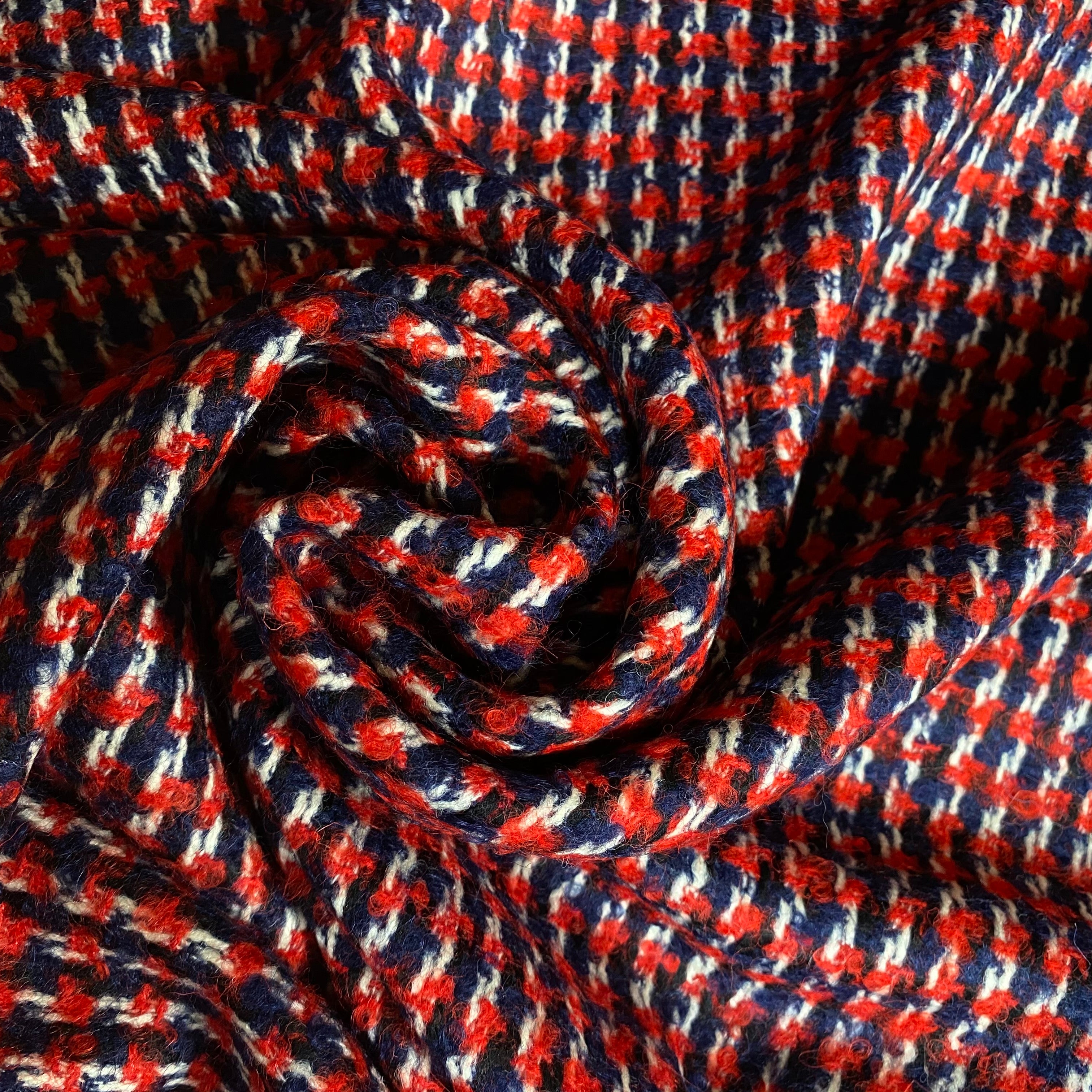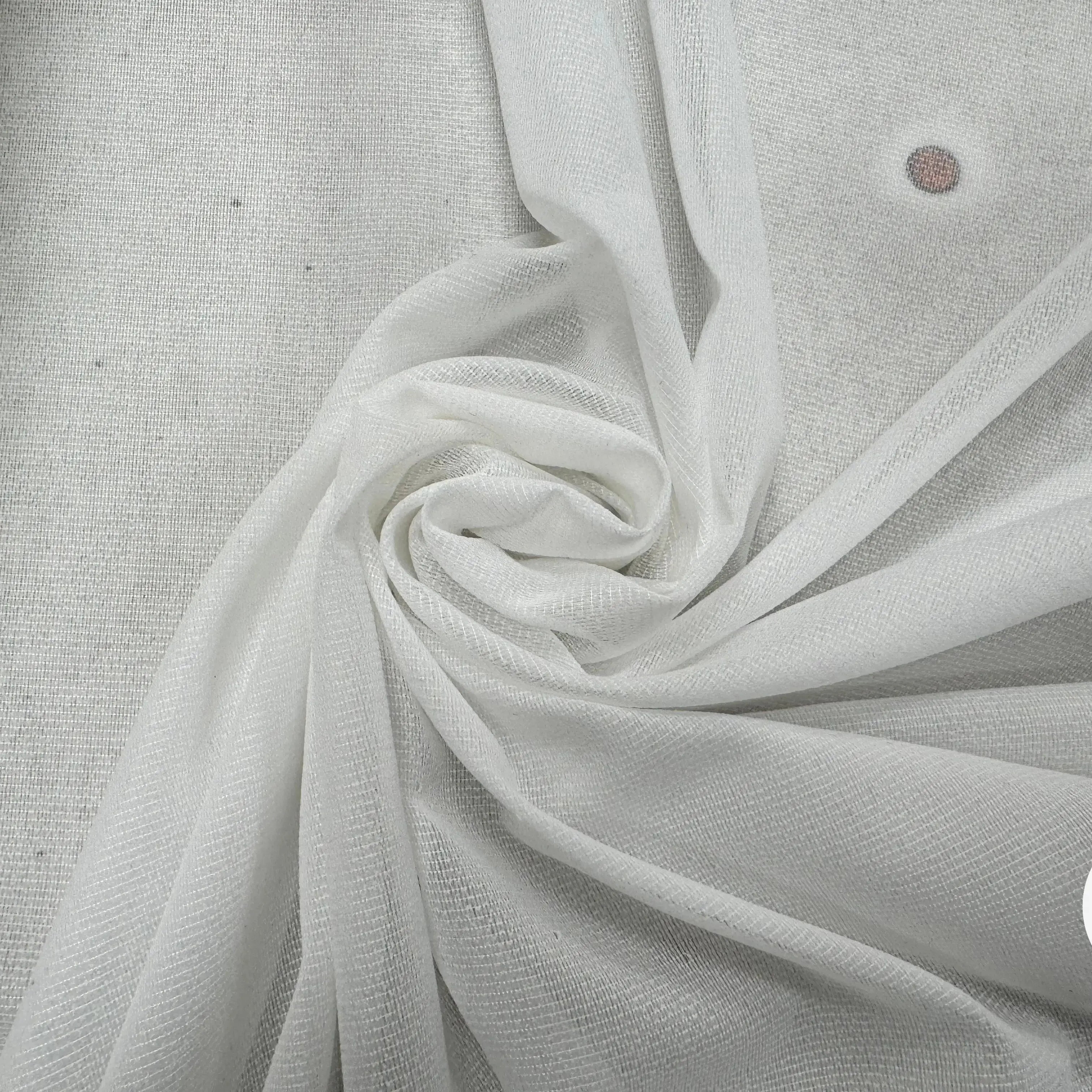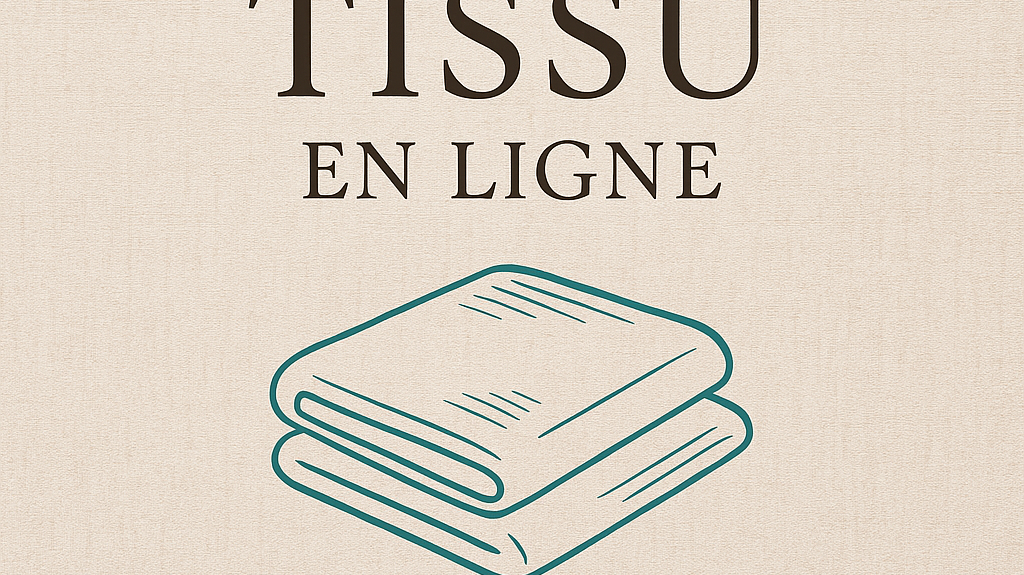Fabric washing guide
|
Acetate
Washing at 30° Used most often for the liners, because it does not bouloche and does not load static electricity, acetate is also used to make dresses, costumes and sportswear. The majority of acetates are only cleaned dry, some can wash out in hot water, with a soft detergent (do not allow color items). Do not twist acetate clothes and dry them flat. Iron the reverse of clothes at low temperature when the latter are still humid. For the finish on the place, use a Pattemouille. When you remove a stain on acetate, never use acetone or solvent containing acetone because the latter dissolves the fibers. |
| Acrylic
Washing at 40° Acrylic promotes the elimination of humidity. In the machine, choose a lifting with lukewarm water then add a softener during the last rinsing. Acrylic being sensitive to heat, dry the linen at low temperature. To avoid folds, remove the acrylic articles from the dryer as soon as they are dry. If you have to wash them by hand-delicate linen, for example-, do it with lukewarm water with a detergent for delicate linen. Rinse and wring slightly. Shake the garment to deframed it and hang it on a hanger. Knittings and other woolens should dry flat. Iron at medium temperature. |
|
Cotton
Washing at 40° Wash the cotton. Opt for a machine washing at 40 ° (underwear, shirts, sweaters ...) Use a powdered or liquid detergent. Do not exceed the recommended dose. Put the softener in small quantities. Select an energetic spin. Before extending them, defly your cotton clothes by giving them their initial shapes. Do not place your clothes either in the direct sun, or near a heat source, especially for white cottons in order to keep their whiteness. Machine drying is strongly discouraged (due to significant removal and premature wear of clothing). Use the "Cotton" program associated with the "Steam" program. Preferably go back on the back. For mesh items, do not insist on the side edges to prevent them from deforming. For cotton items, measurements are planned for a 5%withdrawal. |
|
Cupro
Washing at 30° Very easy to maintain! Normally, cupro clothes don't really laugh, but if you want an impeccable result, you can completely iron it. We advise you to avoid the passage to the dryer, and rather let your pieces dry in the open air and on a hanger, in order to avoid unsightly folds. |
|
Lace
Washing at 30° It is advisable to wash the lace by hand to best keep it over time. If you want to wash it with the machine, do not forget to choose the delicate linen program, or simply to wash by hand. |
|
Linen
Washing at 40° Linen is usually a fairly resistant fabric. Linen is not very inclined to shrink, it can be washed with warm or hot water. However, the "washing with cold water for an optimal lifespan" is always recommended. Line / hang dry to keep a linen garment in the best conditions over time. If you choose to put your linen garment in the dryer, use a medium heat. Linen requires the highest iron adjustment, with steam. Iron when the cloth is wet. |
|
Polyamide / Nylon
Cold washing Polyamide is often used to make work and outdoor clothes. To the touch, it looks like cotton. However, unlike the latter, it is waterproof and breathable, which allows your body to maintain a comfortable temperature and eliminate all humidity. Polyamide fabrics can be machine washed, but only in cold water. Wash the polyamide fabric using a normal cycle, with cold water, and with a detergent without bleach. If you do not have a washing machine, the polyamide fabric can perfectly be washed by hand with cold water. Let the fabric dry in the open air. Do not put it near a heat source, it could shrink. |
|
Polyester
Washing at 30° Polyester is a solid synthetic fiber that does not crush and keeps its shape. Polyester fabrics can be washed or dried in machine. They can also be dried in low temperatures, but the best way to dry them is to hang them on a wire. |
|
Silk
Cold washing Silk is a delicate fabric and must be handled with care. However, it is quite easy to wash it. It naturally rejects dirt and does not necessarily need to be washed dry to maintain its quality. Wrap it in a towel and press to get the water out. You should never spin the garment, nor twist it, since it will damage the fabric. Hang the wet garment in the open air to dry it completely. Do not spread silk clothes in the sun. Important remarks: I only go back in case of extreme necessity. The iron temperature must be low, and use a Tattemouille that you will place between the iron and the fabric. Unless the label of your garment recommends it, dry washing must be avoided, since it is shrinking certain types of silk. Use lemon juice or vinegar to remove isolated spots. However, we advise you to perform a first test on an unprecedented area in order to observe whether the color of the garment is resistant to liquids. Wash slowly: the bustle of washing is at the origin of the narrowing. Even the soft cycle of the machine is too strong for this delicate fabric. - Silk being a very delicate natural fiber, do not use bleach because it may damage the fibers. - Be sure not to spray scent or lacquer on silk, alcohol would damage the fabric. Cold washing Silk is a delicate fabric and must be handled with care. However, it is quite easy to wash it. It naturally rejects dirt and does not necessarily need to be washed dry to maintain its quality. Wrap it in a towel and press to get the water out. You should never spin the garment, nor twist it, since it will damage the fabric. Hang the wet garment in the open air to dry it completely. Do not spread silk clothes in the sun. Important remarks: I only go back in case of extreme necessity. The iron temperature must be low, and use a Tattemouille that you will place between the iron and the fabric. Use lemon juice or vinegar to remove isolated spots. However, we advise you to carry out a first test on an unprecedented area in order to observe whether the color of the garment is resistant to liquids. Wash slowly: the bustle of washing is at the origin of the narrowing. Even the soft cycle of the machine is too strong for this delicate fabric. - Silk being a very delicate natural fiber, do not use bleach because it may damage the fibers. - Be sure not to spray scent or lacquer on silk, alcohol would damage the fabric. |
|
Viscose
Washing at 30° Viscose is a semi-synthetic tissue made up of chemically treated natural fibers. Viscose clothing can be washed by hand with a soft detergent. Immerse your clothes in the water, stir them gently and let them soak for a few minutes. Remove your clothes from soapy water and rinse them gently with hot water. Do not twist them, but gently get the excess water out. Hand washing is preferable, but you can also wash viscose clothing in the machine. Then use a soft cycle, at a maximum temperature of 30 ° C, and remove them as soon as the cycle is finished. Give back your creation while it is still wet. Hang it on a hanger that does not leave traces of rust or extend it flat. Never put viscose clothes in the dryer. Important remarks: - Always wash viscose clothes upside down. This will protect their sweet fibers and prevent them from deteriorating. - Do not fill your machine until half. If you fill it completely with viscose clothes, they may offend. |
|
Oldest boy
Cold washing Wool can easily deform if it is not carefully washed. Worse, it can shrink by several sizes. Therefore, always handle your woolen materials with great care and make sure it really needs to be washed. Unlike cotton and synthetic materials, wool does not need to be washed frequently. Just ventilate your clothes after wearing them. Most woolen clothes can be machine washed with the special wool program. However, hand washing is preferable because it is softer. Use a detergent specially designed for wool (like Woolite) so that your garment remains soft. First mix the detergent in water to avoid stirring the wet wool. The heat, the movement and the detergent are the enemies of the wool, so let soak and rinse well. Immerse the garment and gently press it so that the foam comes out. Rinse abundantly with fresh or cold water. Spread the garment on a towel, wrap it like a rolled cake, gently press to remove the water. Unroll and dry it in the open air. Do not suspend your woolen clothing to dry it, it would lie down and lose its original shape. Rather dry it horizontally on a towel, keeping the natural shape of the garment. |
`
Retrouvez ici notre blog et ses astuces !
Tous les groupes couture par département en France – My Little Coupon
Tous les groupes couture My Little Coupon par département en France. Rejoignez une communauté locale de passionné(e)s de couture près de chez vous.
Acheter du tissu en ligne chez My Little Coupon
Acheter du tissu en ligne n’a jamais été aussi simple. Chez My Little Coupon, nous remettons sur le marché des fins de série de maisons de couture françaises et proposons des coupons de 3 mètres de tissus d’exception : velours, lainages, soieries, viscose, gabardine, popeline… Une sélection premium, renouvelée chaque semaine, sourcée de manière responsable et expédiée en 24 à 48h. Découvrez une nouvelle façon d’acheter du tissu en ligne : plus qualitative, plus durable et entièrement pensée pour vos projets couture.
Les défis de la couture à partir de tissus haut de gamme
Dans le monde de la couture, l’utilisation de tissus haut de gamme peut transposer un projet de simple à extraordinaire. Cependant, cela vient avec son lot de défis. Cet article explore les difficultés contestées par les couturiers lorsqu’ils travaillent avec des matériaux précieux comme le drap de laine, et comment l'upcycling peut offrir une solution créative.





















